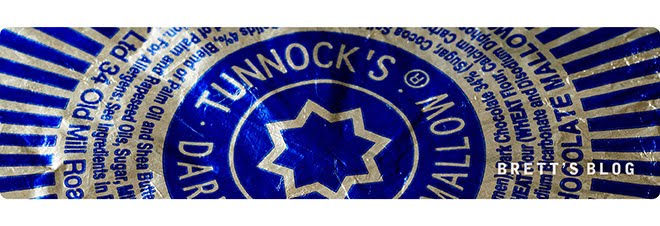
Each month I read my way through a tranch of magazines. Word, Uncut, Edge, MacUser, Third Way, Game, Mojo, Q, Wired, Top Gear... Once read, I used to keep them in neat piles 'for reference'. About 5 years ago, I realised that the number of times I leafed through these sacred piles was dwindling. A year ago, I realised I hadn't referred to any of the backissues for at least two years. So, with a sorrowful tear, I bundled them into a recycling bin, and now I dispose of each magazine when its successor arrives.
Google is the culprit. It is so much more convenient (and effective) to find information by typing in some appropriate words into the box at the top-right of my browser than ploughing through a pile of publications. And when the information is found, it can be copied and pasted into documents, rather than having to transcribe text from the printed page.
So why not just cut out the middle-person? Why don't I stop buying magazines altogether and browse sites with the information I need? There are plenty out there, and it would save me a fortune!
One answer is that there isn't the same quality of organised information available online. However, this is fast disappearing as a valid reason.
Or maybe it is because I am more comfortable (ah, the old 'familiarity' argument) with reading printed publications. But I've been using a computer screen to read a vast range of data from for nearly 20 years, for many hours a day (much more time than I have spent reading conventional media), so this is a difficult argument to sustain.
Or perhaps the technology for reading online hasn't evolved sufficiently. It is at this point that I think we are on more solid ground, let me illustrate...
A year or so ago, I subscribed to InDesign Magazine. To save publishing costs, and to demonstrate the 'extra' benefits of publishing documents electronically it is only available as a PDF file.
Now PDFs have some significant advantages over printed matter:
• You can search for specific words or phrases.
• You can transfer data from them into other documents.
• Navigation and HTML links can be embedded.
• Sound and movie files can be included.
InDesign Magazine is a well-produced document, the images are clear, and the navigation and url facilities are a bonus. Yet despite all this, I find myself printing the PDF out to read it. I do this because:
• Scribbling notes in the margin is easier.
• Leafing through pages is easier and quicker.
• I can read the pages in a wider range of environments.
• I can separate out pages for disposal or distribution.
And once again I've reached my self-imposed time and length limit. In the next 'Digital v Analogue' article I'll tackle the issue of spatial dynamics and aesthetics.
------------

2 comments:
I still read a fair amount of science fiction junk reading on my Palm. I buy some short stories from Fictionwise but there are plenty of good free ones to download from scifi.com (although I have to turn those into palm-docs myself).
Best thing I ever read on tech vs paper (taking a slightly different slant than you do) is Malcolm Gladwell's 2002 essay on "The Social Life of Paper". He's one of my favourite living non-fiction authors. Many of his essays are still available from his website.
Hi Conrad, I went to the Social Life of Paper link, printed it out :-) and re-read it. He is probably the finest writer in this area, I was once again inspired and intimidated by how clear, readable, educational and downright enjoyable his stuff is.
If anyone wants a much better written and researched article on the whole 'paper v screen' debate, I would encourage you to click on Conrad's link.
Wish you hadn't put it in the comments field though... it overlaps with my next DvA article, and probably says it much better :-)
Post a Comment